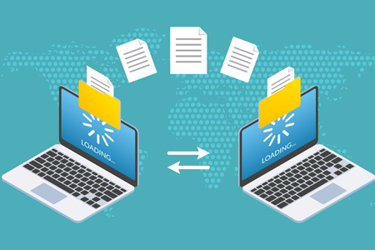Implementing eSource: A Guide For Operations And Technology Roles
By Meghan Hosely, Marketing Content Manager

Undoubtedly, eSource holds the promise of enhancing the clinical research process by facilitating efficient and precise data collection. The elimination of manual data transcription not only results in substantial cost savings but also significantly reduces the time invested in a study. Despite these benefits, the adoption of eSource poses challenges for numerous research facilities.
Effectively integrating eSource involves a fundamental shift for research sites, transitioning from traditional paper-based data to electronic data records while ensuring the preservation of data integrity and patient safety. This transition demands careful planning and strategic implementation to overcome hurdles associated with the change in data management practices. Navigating this shift requires a comprehensive approach that addresses the unique needs and concerns of research facilities, fostering a smooth and successful adoption of eSource technologies. By recognizing and addressing these challenges, research facilities can fully harness the transformative potential of eSource, optimizing the efficiency and reliability of clinical research endeavors.
Get unlimited access to:
Enter your credentials below to log in. Not yet a member of Clinical Leader? Subscribe today.
